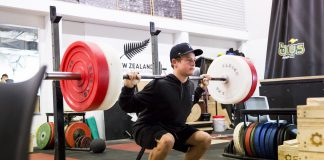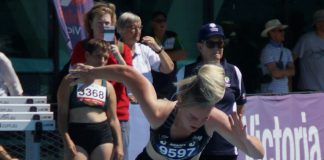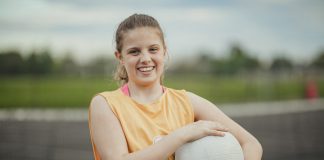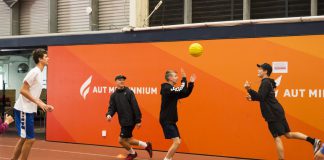Yesterday I was interviewed by an 11 year old lad from a local primary school. He’s doing an assignment on sport science and had a list of questions to ask me. They were all great questions but one in particular stood out: “How can you help a young aspiring athlete like myself reach his dreams?” What a great question! I loved his aspiration, but it also got me thinking.
Here’s what I shared with him.
Imagine a puzzle. Regardless of what kind of puzzle it is, if you are missing a piece then the picture will be incomplete. Like a puzzle, an athlete’s performance is made up of many different pieces, such as technical, tactical, mental, communication and athletic skills. Depending on an athlete’s age and level of participation, some pieces may be more relevant than others. But to reach your potential, every piece matters. How we help young aspiring athletes reach their dreams is by helping them with the athletic piece of their puzzle and the various skills and attributes that come with it. One athletic skill every young athlete benefits from is muscle strength. It’s the foundation of coordinated movement, which helps to improve the acquisition of sport-specific skills, increase confidence, and reduce the risk of injury. Unfortunately, it is one of the most overlooked components.
There is a misconception that getting stronger is inherent to sports participation. In actual fact, improvements in strength are mostly a consequence of age and natural development. Add to this that modern sport demands a lot of a young athlete physically. In many cases, much more than they are prepared for. For instance, football players plant on one foot and kick with the other. Water polo players, cricketers and racquet sport athletes throw, bowl and hit with one arm. As you can imagine, prioritising one side of the body over time can result in significant muscle imbalances. What’s more, some sports are more physically demanding than others. The game of netball, for example, requires a player to sprint as fast as they can into space, receive a pass in mid-air, land with no more than one step, then make their next move as quickly as possible. This is interesting considering that according to ACC data for 2017, netball-related injury claims amongst 0-19 year olds topped $6.9 million, with loss of balance and twisting movements being the main cause. The statistics paint a damming picture for other sports too, with rugby, soccer and basketball at the top of the list.
It’s clear that something needs to change, and evidence would suggest we have two options. First, we could reduce the physical demands athletes are under by changing the game at youth levels. However, in most cases, it’s the repeated exposure to twisting, jumping, landing and throwing movements that come with high training and competition loads that is causing the most problems. When a muscle lacks the strength to move the body in an efficient way, eventually it tears. Alternatively, when a muscle repetitively pulls on a tendon or bone that is growing quickly, the tendon wears out or a piece of the bone breaks away.
The other way to help young athletes meet the physical demands of their sport is to make them stronger. It’s why the athletic piece of the puzzle is so important. Developing a youth athlete’s strength in an effective and safe way requires a sound understanding of learning, physical growth, biomechanics, and the various ways to apply progressive overload. You also need to know how to make a training environment fun!
If you’d like to find out how we do this, come along to AUT Millennium next Tuesday night (4 September) from 7-9 pm to hear all about it. Sign up NOW for the workshop HERE




































